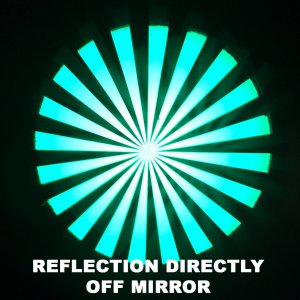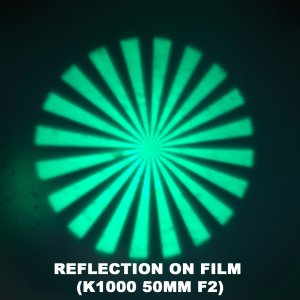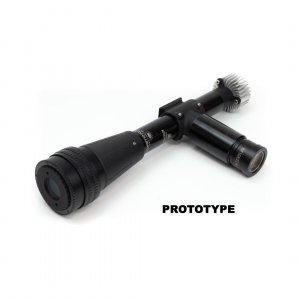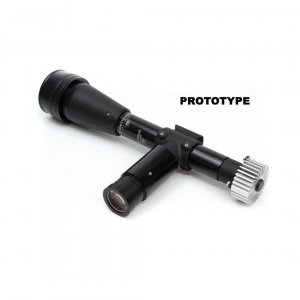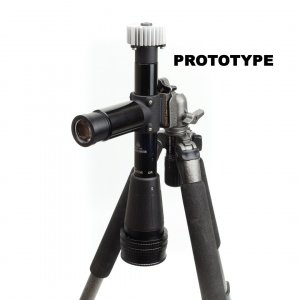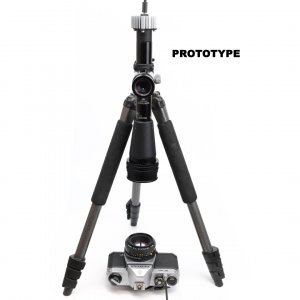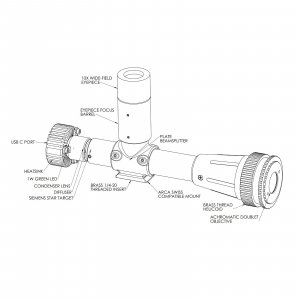Daimon
Established
Hi folks. It looks that Matt from Reveni Labs is looking to produce a budget auto collimator.
I've been chatting with him on that in past but at that time he had other projects on roadmap. Now I see that he's starting to play with prototype.
There's ask in Facebook to share requestsfor useful features. Many people here have loads of experience - if you share your knowledge there, maybe we could end up with an affordable and useful autocollimator: Reveni Labs Autocollimator
I've been chatting with him on that in past but at that time he had other projects on roadmap. Now I see that he's starting to play with prototype.
There's ask in Facebook to share requestsfor useful features. Many people here have loads of experience - if you share your knowledge there, maybe we could end up with an affordable and useful autocollimator: Reveni Labs Autocollimator








